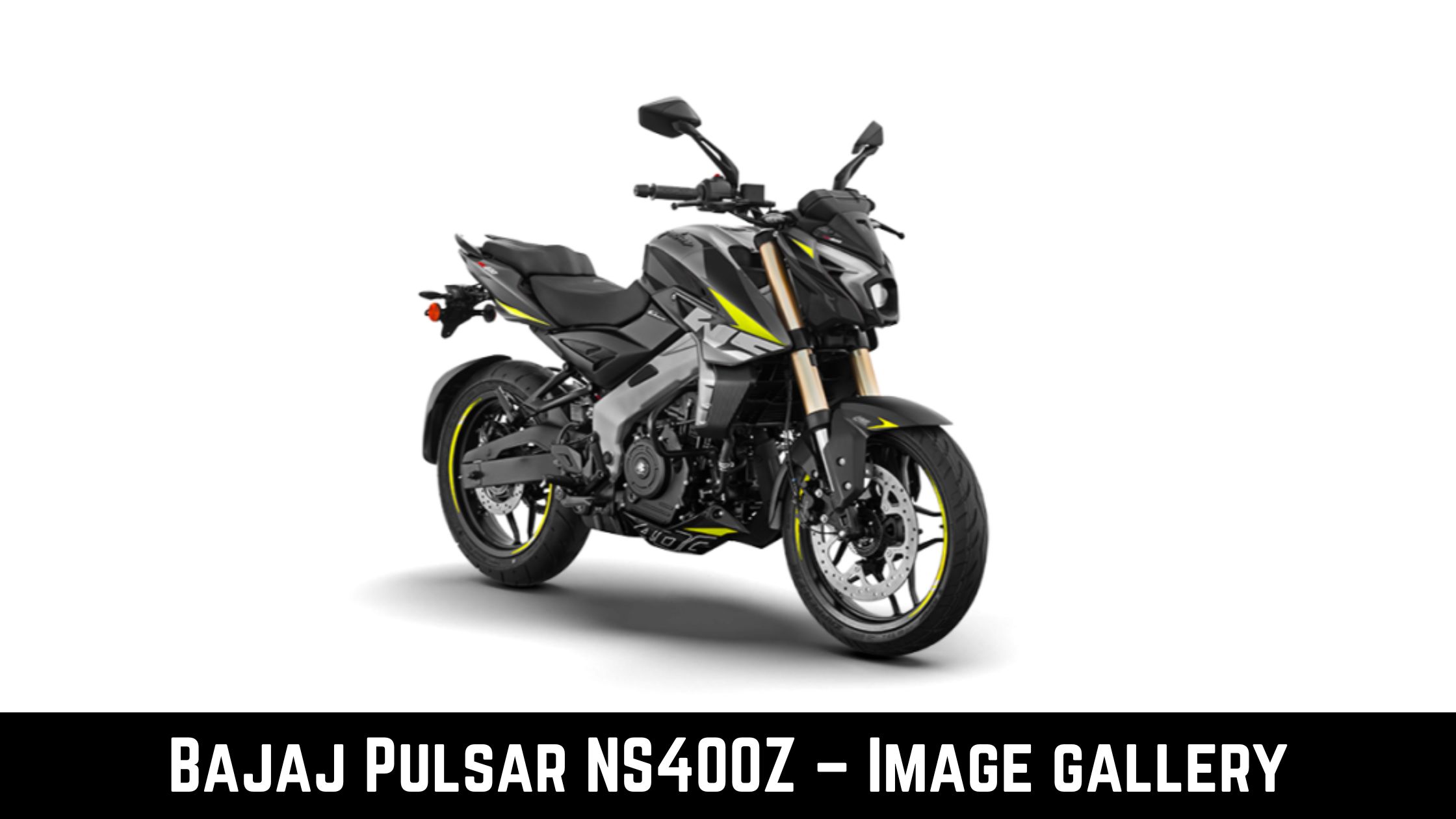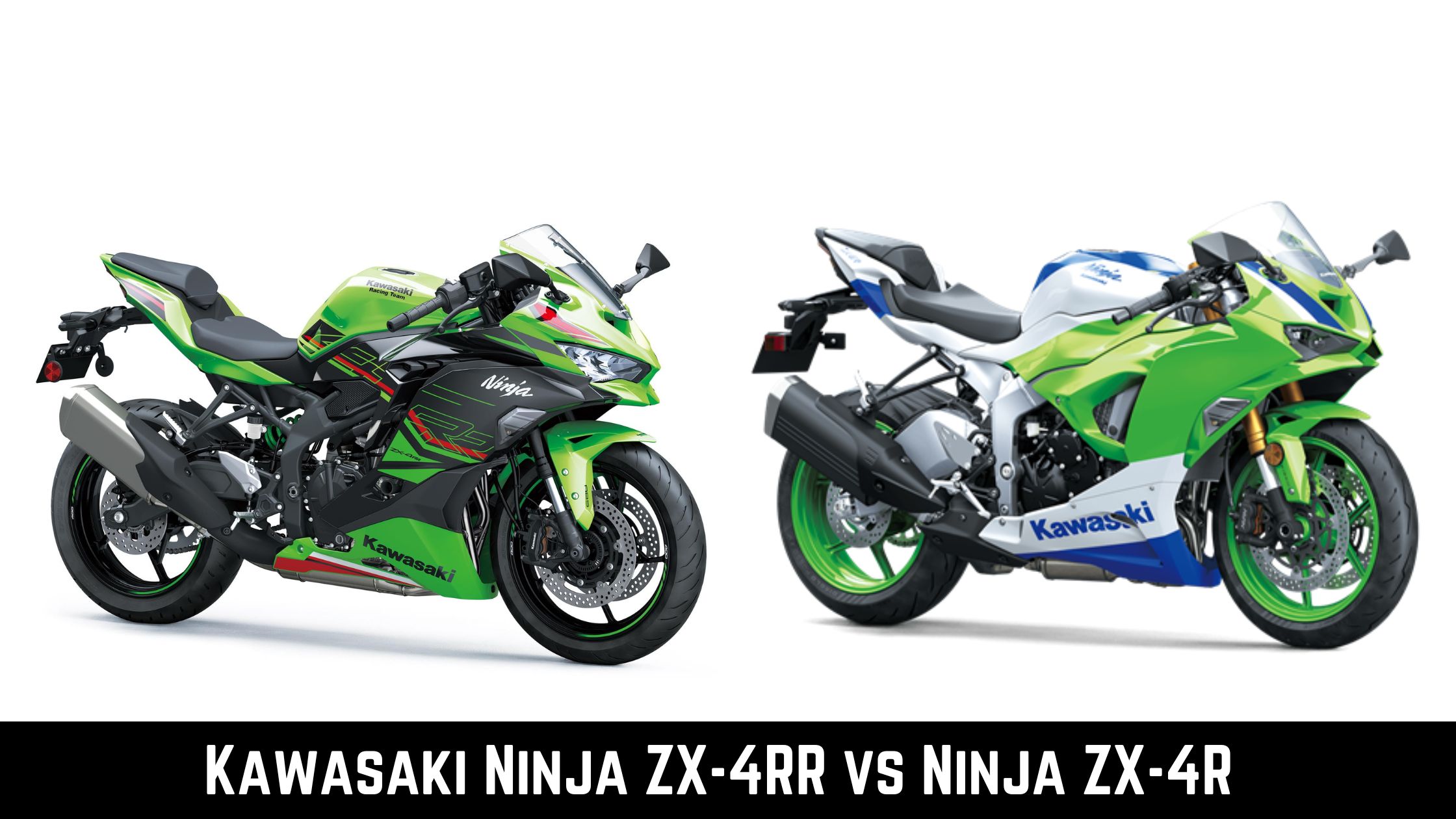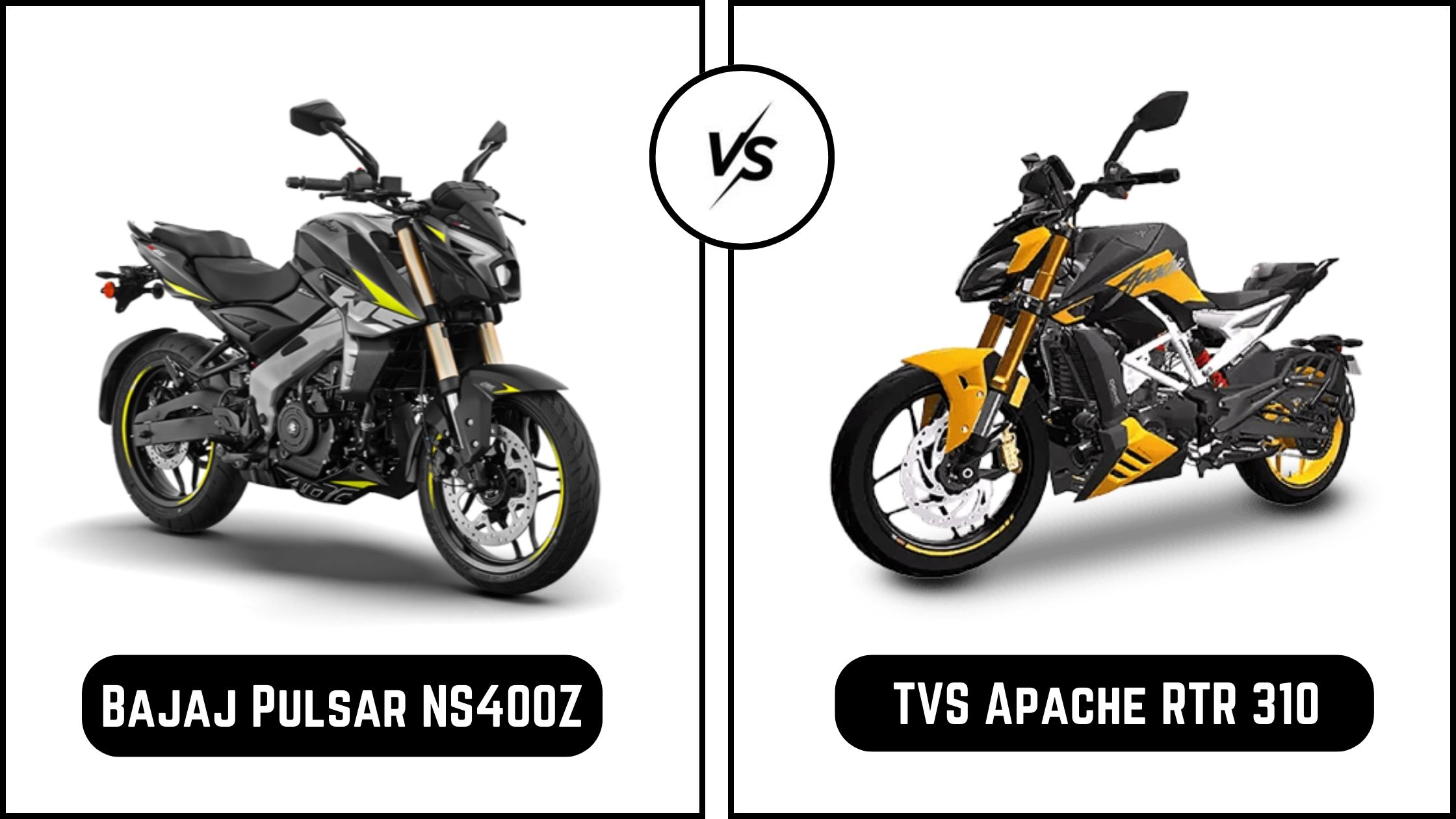
Motorcycles with two wheels include both street and mud bikes. While some of these distinctions can be seen with the naked eye, others are more obvious in terms of design and substance. Motorcycle enthusiasts adore the surge of excitement and the feeling of being outside when riding.
Engineers have spent years refining the many models of these vehicles so that passengers can enjoy exceptional performance. There are various subgroups of street and dirt bikes. The fundamental distinction between the two is that although dirt roads are appropriate for dirt motorcycles, streets are best for street bikes. The following differences are also covered.
Dirt Bike Vs Street Bike
Weight And Size
One of the most apparent differences between the two motorcycles is size. Smaller and often built with the bare minimum of features, dirt bikes are easy for riders to maneuver.
A dirt road might be tough to ride on. A biker may occasionally even need to force themselves around some obstacles. Street bikes are less equipped to handle uneven terrain than dirt bikes, which have a single engine and a smaller displacement.
Street bikes travel alongside bigger, heavier autos. It can be challenging to resist the drag from passing automobiles, so a more durable machine is required to keep the rider grounded.
Bike Tyres
A bike’s tires tell a lot about the terrain it was built for. Off-road tyres are designed to increase traction on rough terrain. The tires are primarily knobby, with vast blocks of space between them to assist the bike in digging deeply into the sand, mud, and dirt. With a more flexible carcass, the tyres are also narrower. When you turn on a street and feel the tires squirm, you can sense the bike’s knobby nature.
The contour of street tyres is rounded and smooth, and there is not much room inside them. Engineers expose as much rubber as possible on the road to encourage a firmer grip on the surface.
The tread pattern on a street bike tyre moves water away from the tyre, but it serves little purpose in mud, sand, or snow. Ratio percentages are frequently used in dual sport tires to indicate how skewed they are for off-road or on-road use.
Suspension
The absorption of shock is the focus of suspension. The looser the motorcycle suspension, the more shock the bike must endure. Dirt motorcycles are built with a system of spring shocks and hydraulic tubes to absorb much damage because they must travel over many obstacles.
These motorcycles often have twelve inches or more of suspension travel.
Motorcyclists may experience discomfort or possibly bottom out as they travel down the road if their bike has too much suspension. Road bikes make the ride comfortable while absorbing small bumps and irregularities. A few inches of suspension travel is typical, so the bike can surpass minor restrictions like potholes.
Seating Place
The various seating postures required for riding motorcycles might go unnoticed. When navigating obstacles on a dirt bike, the riders are frequently seen standing up if they watch a competition.
For quick and effective adjustments, the seats frequently lean forward. Because you’ll be standing up a lot while riding off-road bikes, you should sit up straight and put your feet immediately beneath you.
The seating posture on adventure bikes is comfortable for your wrists and back, which is one of the reasons they are so popular. Adventure bikes all have the same design. Sport bikes put your feet higher and backward to create greater lean inclinations in the corners. They also move you ahead into the wind.
While ideal for off-road activities, this position can be uncomfortable for an extended time without the wind pressing against your chest. A dirt bike’s handlebars are positioned closer to the body for improved visibility and control.
Street motorcycles have seats set back further to give the user more space to unwind. The rider’s joints experience no stress, and the spine is naturally positioned. Thanks to their comfortable position, riders can ride over a considerable distance despite frequently having to stop at traffic lights.
Brakes
The front suspension compresses as a result of the force of the brakes, bringing the ride to a stop. Motorcycle speed and weight are directly associated with engine power. Street bikes often go at faster speeds and are heavier than other types of bikes.
Therefore, the it require a more potent motorcycle braking system. Street bikes also benefit from better tire traction, which allows them to apply greater braking force to the pavement. When a street bike is taken off-road on a surface with little grip, the brakes lock up the tires immediately.
The braking rotors on dirt bikes are often smaller, and some may have a single disc up front. On bikes, the front brake typically provides most of the braking force, but you might use the rear brake more on a muddy road.
Fuel Tank
It is generally known that a larger tank can carry more fuel. Long-distance travel necessitates large fuel tanks. Typically, dirt bikes have small fuel tanks and do not travel very far. A large tank would merely add unneeded weight to a dirt bike, which should ideally weigh as little as feasible. Road bikes have larger gas tanks since they are better suited to long-distance riding.
Long distances are exceptionally well suited to traveling on motorcycles. On the other hand, scooters are an unusual type of street bike because they only travel short distances.
Body Frame
As previously said, a lighter and smaller motorcycle frame helps dirt bikes to be smaller than their on-road counterparts. They are frequently composed of complex polymers to keep them flexible and straightforward.
Metal is used to create street bikes, so they are robust. Additionally, street bikes are more stylish, and metal allows for a wide variety of looks.
Using A Clutch
Street bikes are made to go smoothly at motorway speeds and, with a generous throttle application, can even reach triple digits. Riders on street bikes typically do not need to slip the clutch. When you upshift, you’ll probably let the clutch out briefly, and you might utilize it to downshift along with blipping the throttle.
Riders on dirt bikes frequently use the bike clutch because they want to stay in the same gear and use it to raise revs. To maneuver at low speeds, frequently required for dirt riding, it is much simpler to keep the throttle constant and use the clutch to manage the drive to the wheels rather than shifting through the gears.
Handle
You don’t need to use a lot of steering to handle a street bike. With sports bikes, you can hardly even fiddle with the bars before bumping into the tanks.
Significant steering inputs are only helpful while negotiating traffic or moving slowly through a parking lot. On a road bike, turning is frequently accomplished by simply leaning in the desired direction, making turns simple.
Dirt bikes will also require you to lean. Still, for most of the trip, you will likely be navigating ruts and using the handlebars. Wide bars are installed on dirt bikes to increase leverage and the ability to turn the tire considerably farther from one side to the other. Dirt bike riders frequently use the handlebars and plant their feet to stabilize their balance.
Gears
Street bikes are often designed to travel at motorway speeds with ease. They are capable of reaching triple digits with a robust throttle application. Even street-legal dirt motorcycles are built to apply the best torque in lower ratios to accelerate to the top of steep slopes and to dig themselves out of muck and sand.
Since the motorcycle manufacturers presume that you want to be able to cruise down the highway, final gearing is frequently the only meaningful difference between a street-legal bike and an off-road one.
CONCLUSION
The experiences of motorbike riding on dirt and paved roads are very different. Street and dirt bikes are built using the same physical principles. Still, they are tailored differently for the various surfaces they are used on.
Even fundamental operations like braking, clutch engagement, throttle use, acceleration, and leaning into curves have varied designs. While it is possible to ride a dirt bike like a street bike, doing so is not recommended.
The handlebars of dirt bikes are typically flatter and taller. They have more ground clearance since it’s crucial for riders to have a clear view of their surroundings. The tires are designed to dig into the ground and kick anything in their direction rather than sticking to it.
Thanks to the forward-leaning chairs, riders frequently stand while riding. In contrast, street bikes are heavier for stability and durability. Street bikes must be more grounded because they share the road with larger vehicles. To contribute to their style and stability, they are made of metal. In addition, there are bikes on the market explicitly designed for commuting and exploring.



